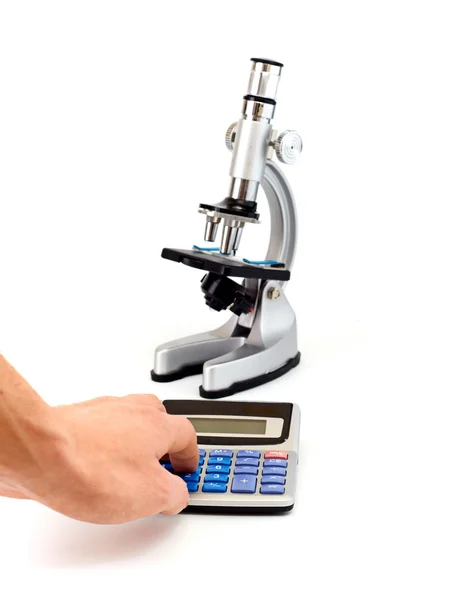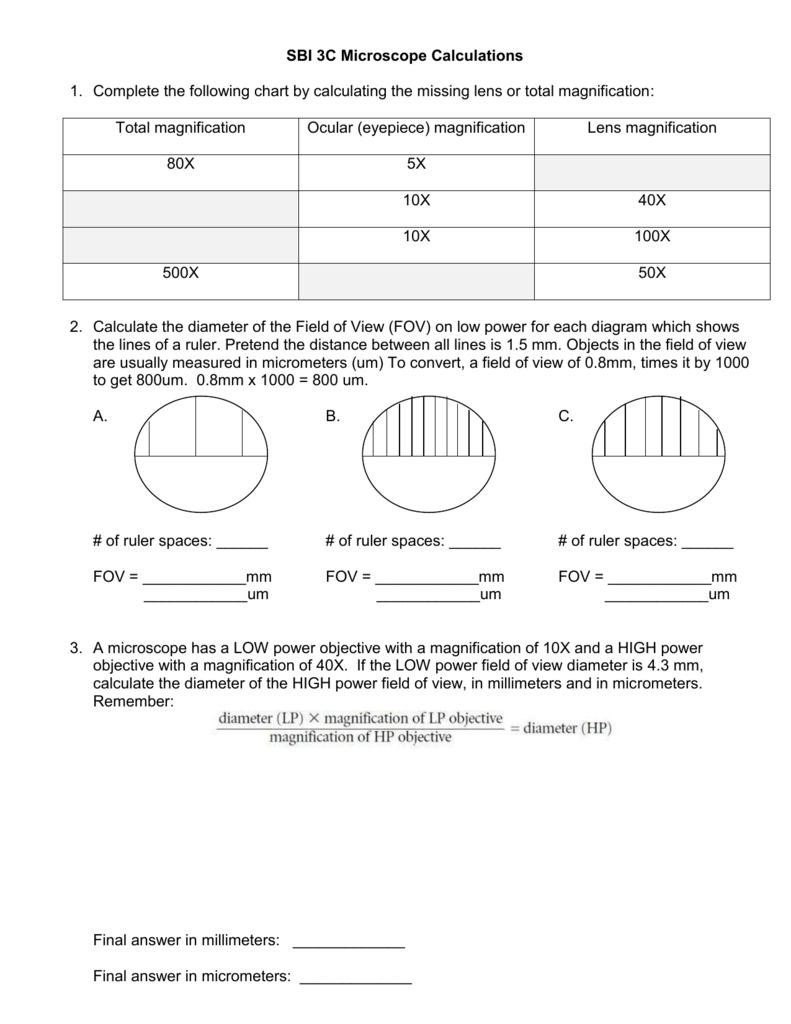

First, you can attach a microscope camera to either an ocular or trinocular port. There are three ways to take a photograph through a microscope. How do I take pictures through a microscope? The total magnification will be 18.75X to 187.5X when combined with a 25X ocular lens. The total magnification will be 7.5X to 75X when combined with 10X ocular lens. Some stereo microscopes equipped with continues zoom objective lens with magnification from 0.75X - 7.5X. The same principle apply to stereo microscopes, a 10X eye piece combined with a 4X objective lens will produce 40X magnification. For a typical compound microscope with a 10X ocular lens and objective lens of 4X, 10X, 40X and 100X magnification, your microscope will have 40X, 100X, 400X and 1000X magnification depending which objective lens you use.


To calculate the power of magnification of a microscope simply multiply the magnification of the ocular lens and the magnification of the objective lens. How do I calculate microscope magnification? As a result, it is easier to locate the specimen on the slide than if you start with a higher power objective. Why do you need to start with 4x in magnification on a microscope? The 4x objective lens has the lowest power and, therefore the highest field of view. What do I need to attach my camera to a microscope? You will need a microscope CamAdapter kit (CAS39) and the step ring that is specific to your camera. Binocular microscopes afford an infinitely better viewing experience so we recommend binocular microscopes as soon as your child is big enough - or budget allows.Ī zoom microscope is a stereo microscope with continuously variable magnification through a range. Monocular microscopes are cheaper and better suited to younger children whose eyes are not far enough apart (interpupillary distance), to be able to use a binocular microscope. Should I buy a monocular or binocular microscope?Īge and budget are the key determinants. What are high power and low power microscopes? A compound microscope provides an inverted 2-dimensional (flat) image of the specimen. A stereo microscope provides an upright and unreversed, 3-dimensional image of the specimen.Ī compound microscope, also known as high power or biological microscopes are used to view micro specimens that are not visible to the naked eye at high magnifications (40x-1,000x). What is the difference in a stereo and compound microscope? Stereo microscopes, also called low-power microscopes, dissection microscopes, or inspection microscopes, are designed for viewing "large" objects that are visible to the naked eye at low magnifications (under 50x).


 0 kommentar(er)
0 kommentar(er)
